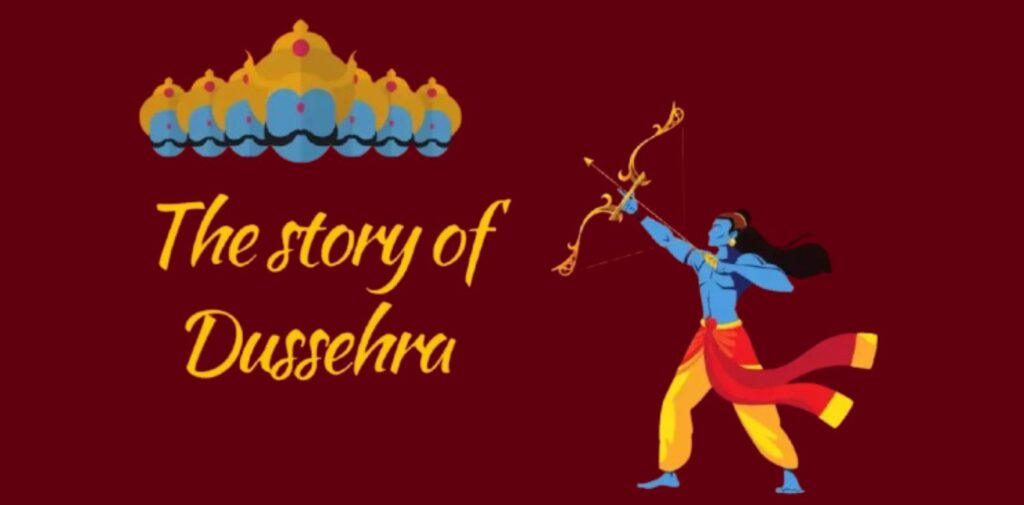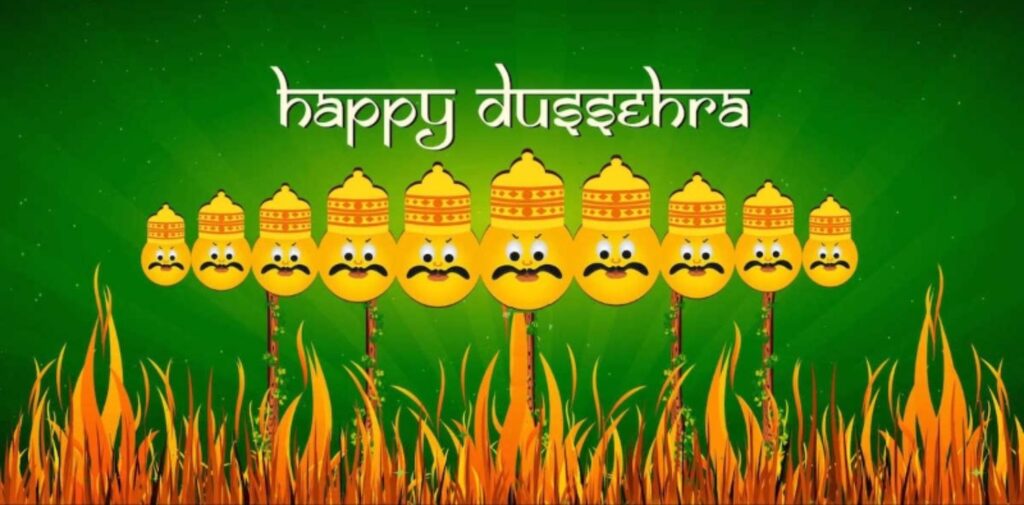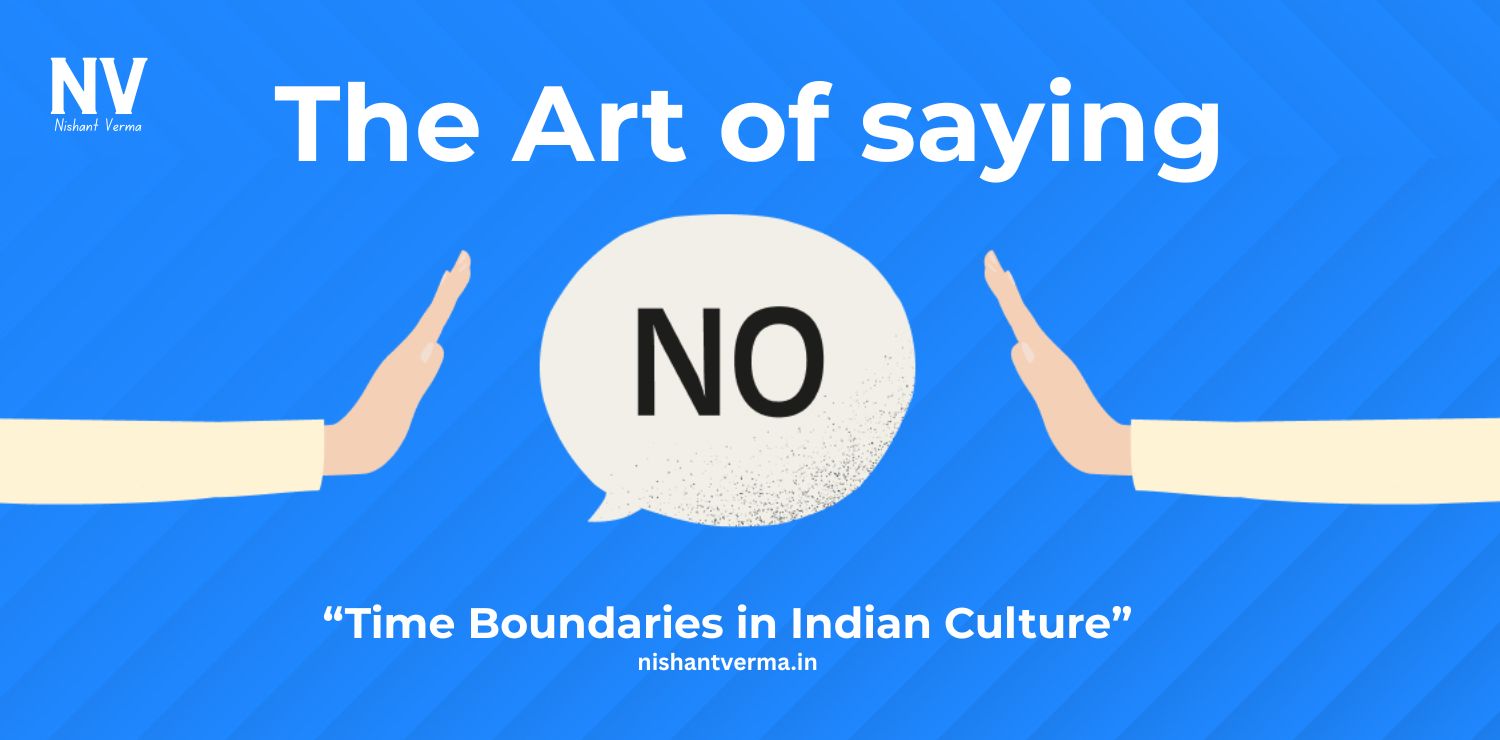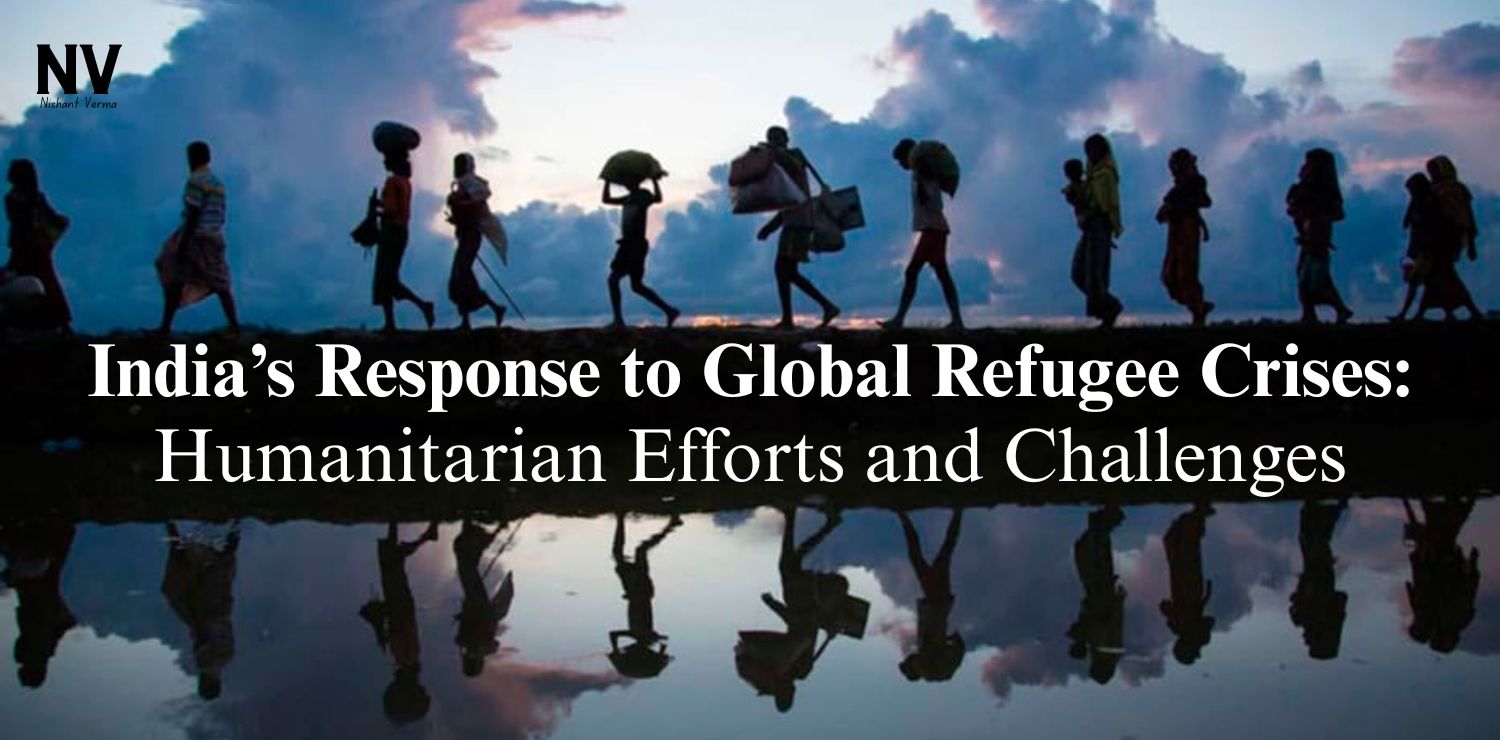Dussehra, also known as Vijayadashami, is one of the most prominent Hindu festivals celebrated with great enthusiasm and joy across India. It marks the victory of good over evil, symbolizing Lord Rama’s triumph over the demon king Ravana and Goddess Durga’s victory over the demon Mahishasura. This festival not only carries religious significance but also spreads a message of hope, courage, and righteousness.
The Story Behind Dussehra
The legend of Dussehra is deeply rooted in Hindu mythology. There are two main stories associated with this festival:
Lord Rama’s Victory Over Ravana: According to the Ramayana, Lord Rama, the seventh incarnation of Lord Vishnu, fought a fierce battle against the demon king Ravana. Ravana had abducted Rama’s wife, Sita, and taken her to his kingdom in Lanka. Lord Rama, with the help of his loyal brother Lakshmana, the devoted Hanuman, and an army of monkeys, waged a war against Ravana for ten days. On the tenth day, Lord Rama defeated Ravana and rescued Sita. This day is celebrated as Vijayadashami, symbolizing the victory of virtue over vice.

Goddess Durga’s Victory Over Mahishasura: In another legend, Dussehra is celebrated as the day when Goddess Durga slew the demon Mahishasura after a fierce nine-day battle. The goddess, with her divine energy, defeated the evil demon, restoring peace and harmony in the universe. This day is celebrated as Vijayadashami, marking the victory of the goddess and the triumph of good over evil.
How Dussehra is Celebrated Across India
The way Dussehra is celebrated varies from region to region, making it a culturally rich and diverse festival.
North India – Theatrical Ram Leelas and Burning of Effigies: In the northern states of India, Dussehra is celebrated with the enactment of Ram Leela, a dramatization of the story of Lord Rama. Actors dressed as Rama, Sita, and Ravana perform on stage, narrating the epic tale of the Ramayana. On this day, huge effigies of Ravana, Meghnath, and Kumbhkaran are set on fire, symbolizing the destruction of evil. People gather in large numbers to witness these effigies burning, amidst fireworks and cheers.
West Bengal – Durga Puja and Vijayadashami: In West Bengal, Dussehra is celebrated as Durga Puja, which is a grand affair lasting for ten days. Beautifully crafted idols of Goddess Durga are worshipped in lavishly decorated pandals. On the tenth day, the idols are immersed in water bodies with a grand procession, signifying the farewell of the goddess and the victory of good over evil.
South India – Golu and Cultural Events: In southern states like Karnataka, Andhra Pradesh, and Tamil Nadu, This Festival is celebrated by arranging a display of dolls called ‘Golu’ or ‘Bommai Kolu.’ Families invite each other to their homes to admire the doll arrangement and offer prayers. In Mysore, Karnataka, the celebrations are a grand spectacle with royal processions, cultural events, and the famous Mysore Palace illuminated with thousands of lights.
Western India – Traditional Plays and Fairs: In Gujarat and Maharashtra, people celebrate by playing Garba and Dandiya Raas, traditional folk dances. The festive mood is vibrant with music, dance, and colorful attire. Large fairs and exhibitions are organized, where people shop, enjoy rides, and savor delicious food items.
East India – Shami Tree Worship: In some parts of eastern India, people worship the Shami tree on this festival, as it is believed that the Pandavas hid their weapons in this tree during their exile. People seek blessings from the tree, exchange its leaves as a symbol of goodwill, and wish each other success.

Significance of Dussehra
Dussehra is not just a festival; it is a reminder of the timeless values and teachings from our ancient scriptures. It signifies the power of truth and righteousness, showing that no matter how powerful evil might seem, it can never triumph over good. The festival teaches us to conquer our inner demons like greed, anger, jealousy, and hatred, and lead a life of integrity and kindness.
Moreover, Dussehra marks the beginning of the festive season in India. It sets the tone for Diwali, the festival of lights, which is celebrated twenty days after Dussehra. The entire atmosphere becomes joyful and celebratory, as people gear up for more festivities, rituals, and family gatherings.
The Modern-Day Relevance of Dussehra
Even in today’s fast-paced world, Dussehra holds a special place in our hearts. The festival brings families and communities together, fostering a sense of unity and togetherness. It’s a time to forget past differences, forgive, and move forward with positivity.
The burning of Ravana’s effigies reminds us to overcome our personal flaws and weaknesses. It encourages us to take a stand against injustice and wrongdoing in our surroundings. Just as Lord Rama defeated Ravana, we too can conquer any challenges and obstacles that come our way if we stay true to our values and beliefs.
Dussehra Recipes and Festive Delights
No festival in India is complete without food, and Dussehra is no exception! People prepare and share a variety of delicious dishes with family and friends. Some popular dishes include:
- Kheer and Halwa: Sweet dishes like kheer (rice pudding) and halwa are prepared as offerings to the gods and then shared among family members.
- Puris and Chole: In northern India, puris served with chole (spicy chickpea curry) are a staple festive meal.
- Puran Poli: In Maharashtra, puran poli, a sweet flatbread stuffed with jaggery and lentils, is a must-have dish.
- Payasam and Sundal: In southern India, payasam (sweet dish made with milk and rice) and sundal (a savory dish made of lentils) are popular during the festive season.

Celebrating a Green Dussehra
In recent years, there has been a growing awareness to celebrate Dussehra in an eco-friendly manner. People are opting for smaller effigies made of biodegradable materials to minimize pollution caused by burning. Many communities are also organizing awareness drives, encouraging people to use eco-friendly colors and decorations during the festivities.
Conclusion: A Festival of Happiness and New Beginnings
Dussehra is not just a day of celebration; it is a festival of new beginnings. It inspires us to let go of negativity and embrace positivity, to stand for what is right, and to celebrate the goodness in our lives. As we celebrate this vibrant festival, let’s remember its true essence and carry forward its message of hope, courage, and righteousness.
May this Dussehra bring joy, prosperity, and victory in your life, just like Lord Rama’s victory over Ravana and Goddess Durga’s victory over Mahishasura. Happy Dussehra!




